Premium Only Content
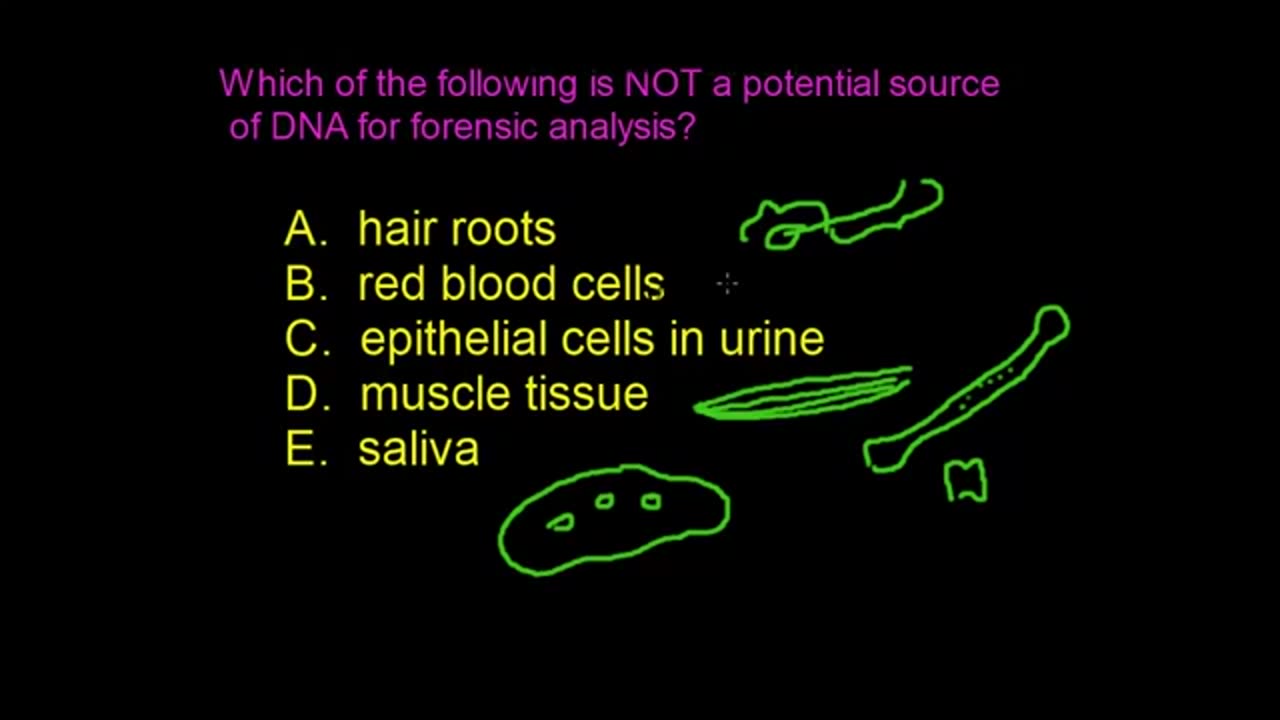
Forensic analysis of DNA
How does forensic identification work?
Any type of organism can be identified by examination of DNA sequences unique to that species. Identifying individuals within a species is less precise at this time, although when DNA sequencing technologies progress farther, direct comparison of very large DNA segments, and possibly even whole genomes, will become feasible and practical and will allow precise individual identification.
To identify individuals, forensic scientists scan 13 DNA regions, or loci, that vary from person to person and use the data to create a DNA profile of that individual (sometimes called a DNA fingerprint). There is an extremely small chance that another person has the same DNA profile for a particular set of 13 regions.
Some Examples of DNA Uses for Forensic Identification
Identify potential suspects whose DNA may match evidence left at crime scenes
Exonerate persons wrongly accused of crimes
Identify crime and catastrophe victims
Establish paternity and other family relationships
Identify endangered and protected species as an aid to wildlife officials (could be used for prosecuting poachers)
Detect bacteria and other organisms that may pollute air, water, soil, and food
Match organ donors with recipients in transplant programs
Determine pedigree for seed or livestock breeds
Authenticate consumables such as caviar and wine
Is DNA effective in identifying persons?
DNA identification can be quite effective if used intelligently. Portions of the DNA sequence that vary the most among humans must be used; also, portions must be large enough to overcome the fact that human mating is not absolutely random.
Consider the scenario of a crime scene investigation . . .
Assume that type O blood is found at the crime scene. Type O occurs in about 45% of Americans. If investigators type only for ABO, finding that the "suspect" in a crime is type O really doesn't reveal very much.
If, in addition to being type O, the suspect is a blond, and blond hair is found at the crime scene, you now have two bits of evidence to suggest who really did it. However, there are a lot of Type O blonds out there.
If you find that the crime scene has footprints from a pair of Nike Air Jordans (with a distinctive tread design) and the suspect, in addition to being type O and blond, is also wearing Air Jordans with the same tread design, you are much closer to linking the suspect with the crime scene.
In this way, by accumulating bits of linking evidence in a chain, where each bit by itself isn't very strong but the set of all of them together is very strong, you can argue that your suspect really is the right person.
With DNA, the same kind of thinking is used; you can look for matches (based on sequence or on numbers of small repeating units of DNA sequence) at many different locations on the person's genome; one or two (even three) aren't enough to be confident that the suspect is the right one, but thirteen sites are used. A match at all thirteen is rare enough that you (or a prosecutor or a jury) can be very confident ("beyond a reasonable doubt") that the right person is accused.
See some recent articles about statistical analysis on this topic:
How is DNA typing done?
Only one-tenth of a single percent of DNA (about 3 million bases) differs from one person to the next. Scientists can use these variable regions to generate a DNA profile of an individual, using samples from blood, bone, hair, and other body tissues and products.
In criminal cases, this generally involves obtaining samples from crime-scene evidence and a suspect, extracting the DNA, and analyzing it for the presence of a set of specific DNA regions (markers).
-
 DVR
DVR
Midnight In The Mountains™
1 hour agoMorning Coffee w/ Midnight & The Early Birds of Rumble | 18 States to Ban Junk Food!
1232 -
 14:46
14:46
VSOGunChannel
12 hours ago $0.69 earnedRailguns for the New Trump Battleship
3.7K7 -
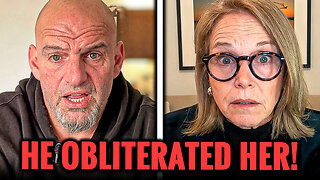 8:19
8:19
Freedom Frontline
14 hours agoJohn Fetterman DESTROYS Katie Couric After She Pushes Trump Narrative
4.26K9 -
 LIVE
LIVE
BEK TV
22 hours agoTrent Loos in the Morning - 12/30/2025
127 watching -
 27:59
27:59
Standpoint with Gabe Groisman
17 hours agoEp. 100! Pompeo on Foreign Policy, America First and the Pompeo Doctrine
63.4K14 -
 21:14
21:14
Actual Justice Warrior
2 days agoSomalis CAUGHT Scamming Childcare Program
22.4K38 -
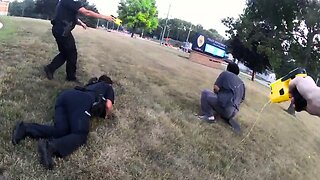 18:04
18:04
Code Blue Cam
1 day agoHere’s Why You Don’t Punch a Cop
25.3K39 -
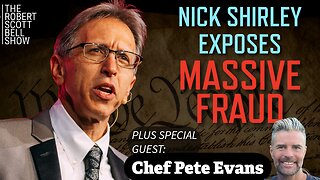 3:07:48
3:07:48
The Robert Scott Bell Show
20 hours agoNick Shirley Exposes Minnesota Fraud, Scott Jensen MD, School Lunch Revolution, Chef Pete Evans, Maha Cookbook, ADHD Study Shocker - The RSB Show 12-29-25
18.7K13 -
 11:14
11:14
MattMorseTV
16 hours ago $16.46 earnedTrump just CRACKED DOWN.
88.6K98 -
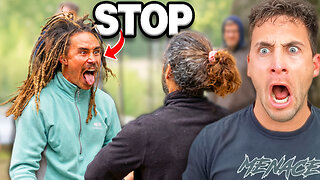 20:18
20:18
Nikko Ortiz
16 hours agoUnhinged TikTok Clips...
19.4K7